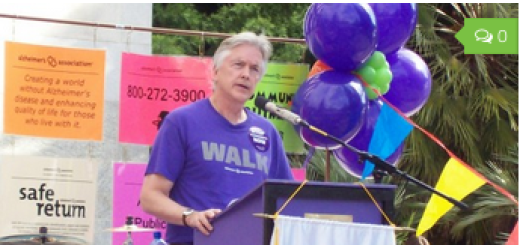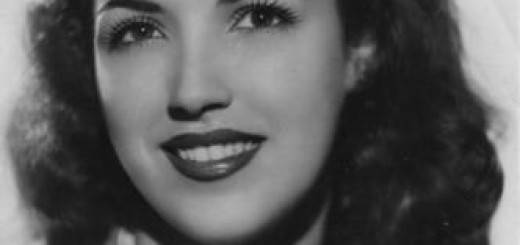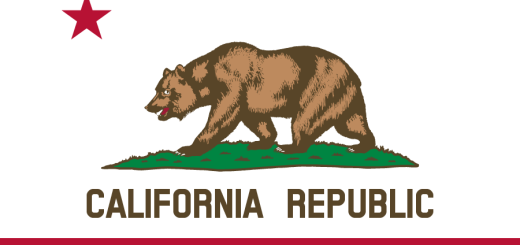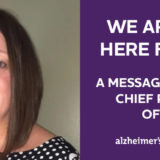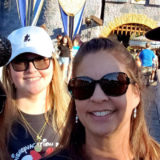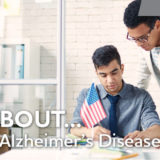Walk to End Alzheimer’s 2011 – some reflections
We are just wrapping up our “marching season,” with Walks to End Alzheimer’s from Fresno to Redding. I was in San Francisco, Sacramento, San Jose and Redding. I love these events for many reasons – the positive energy, the diversity, the sense of engagement, the awareness, the homemade signs and team shirts”¦ oh, yeah and the money. I would be less than candid if I didn’t acknowledge that the Walks generate about 20 percent of our budget and it’s key to our ability to do what we do.
I meet strangers and I thank them for coming out to support the cause and the darndest thing happens”¦ they thank me! They thank me for the mission, for the work, for the hope, for the relentlessness of our movement. They thank me for caring about Alzheimer’s 20 years ago when they didn’t.
I am often struck by the unique impact Alzheimer’s has on the people who surround the person with the diagnosis. I’m sure part of it is the length of time caregivers are linked to the person with dementia. Part of it is the nature of the loss – gradual, irregular, sporadic and inevitable. It is powerful in its impact. People come out at the end of their journey with a range of reactions. Some people can’t wait to put it behind them, to run as far away from Alzheimer’s as life will let them.
But of course we wouldn’t make progress if everyone responded that way. Our movement is built on a very different reaction. The volunteers I work with came away from their journey with a strong desire to make the path easier for those who follow them. Their struggles have given them energy and hope that allows them to imagine a different quality of life for their children and grandchildren.
Years ago when our only Bay Area Walk was in Golden Gate Park and was much smaller, I was walking with Thatcher Hurd, a Berkeley artist and children’s author. His father was Clement Hurd, the illustrator of the famous children’s book, “Goodnight Moon.” We received an out-pouring of spontaneous notes when Clement died of Alzheimer’s. Thatcher noted that he was walking in the park with hundreds of strangers, most of whom shared some part of his story. It was his comments that lead us to create the remembrance portion of the Walk which evolved into this year’s flower ceremony.
After I stepped down from the stage in Sacramento, I was approached by a man with a large photo sign of his grandmother. He wanted me to know that he shared our conviction that the country needs to pay more attention to the personal and financial costs of Alzheimer’s. This was his first Walk, but he said, “we lost grandma this year and we’ll be here “˜til there’s a cure.”





